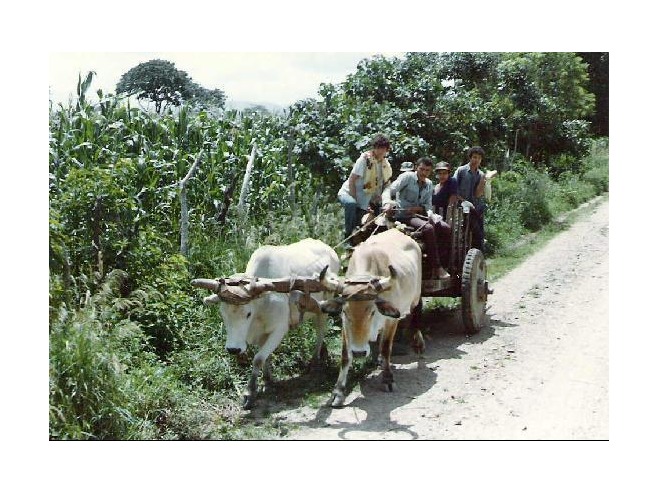Bloodshed in Honduras: A Paradigm of Violence

Despite increased security and government involvement in Bajo Aguán, Honduras, violence in the region is continuing to escalate. On Wednesday, September 28, fourteen locals were killed in a guerilla-style ambush complete with grenades and automatic weapons. The incident was followed by another ambush just twelve days later, which transpired in the same area during a joint police-army patrol, killing both a police officer and a soldier. While the group responsible for the killings remains unknown, there has been speculation that these violent events have in response to the Honduran government’s effort to redistribute land in Bajo Aguán and other regions in rural Honduras. COHA recently reported on the Honduran government’s attempt at agrarian reform, combined anonymous killings of peasant leaders. Currently, the Lobo Sosa administration has been unable to determine the perpetrators of the recent attacks, but has labeled them a result of “gang rivalry.”
Since the military coup in 2009, guerilla attacks and anonymous killings lamentably have become commonplace in Honduras. In the past eighteen months alone, sixteen journalists and forty rural farmers have been killed without cause. Regrettably, international news sources have neither directly reported on nor given any exposure to the escalating bloodshed plaguing the region. These recent events highlight a lack of government transparency as well as inadequate law enforcement, which enable guerilla activity to burgeon within the region. It is therefore imperative that Honduras take further action in strengthening its domestic security by curtailing the continued rural violence and protecting its own citizens from these random acts of violence.
This analysis was prepared by COHA Research Associate Jason Campos.

